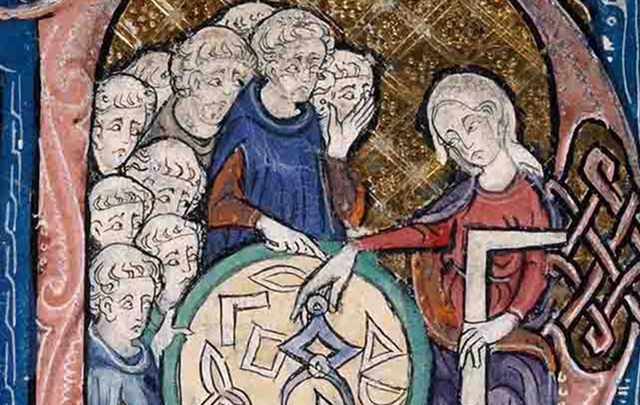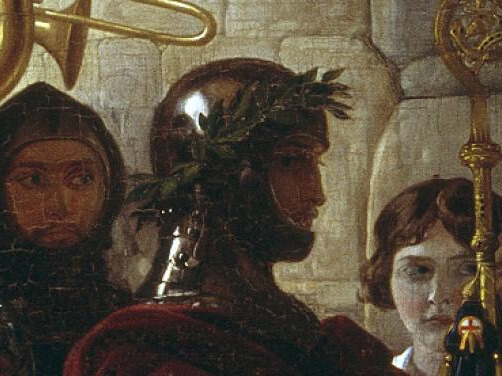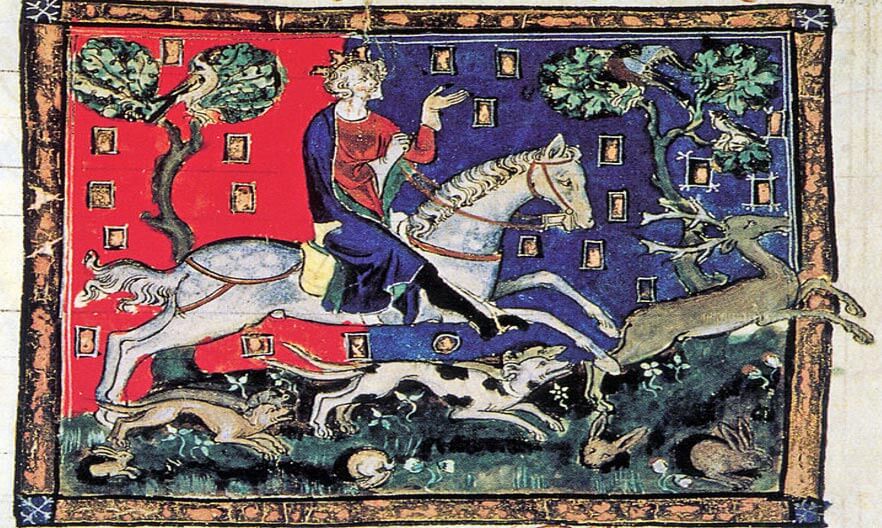Brehon law was administered by Brehons (or brithem). They were the successors to Celtic druids and while similar to judges; their role was closer to that of an arbitrator. Their task was to preserve and interpret the law rather than to expand it.
In many respects Brehon law was quite progressive. It recognised divorce and equal rights between the genders and also showed concern for the environment. In criminal law, offences and penalties were defined in great detail. Restitution rather than punishment was prescribed for wrongdoing. Cases of homicide or bodily injury were punishable by means of the eric fine, the exact amount determined by a scale. Capital punishment was not among the range of penalties available to the Brehons. The absence of either a court system or a police force suggests that people had strong respect for the law.




